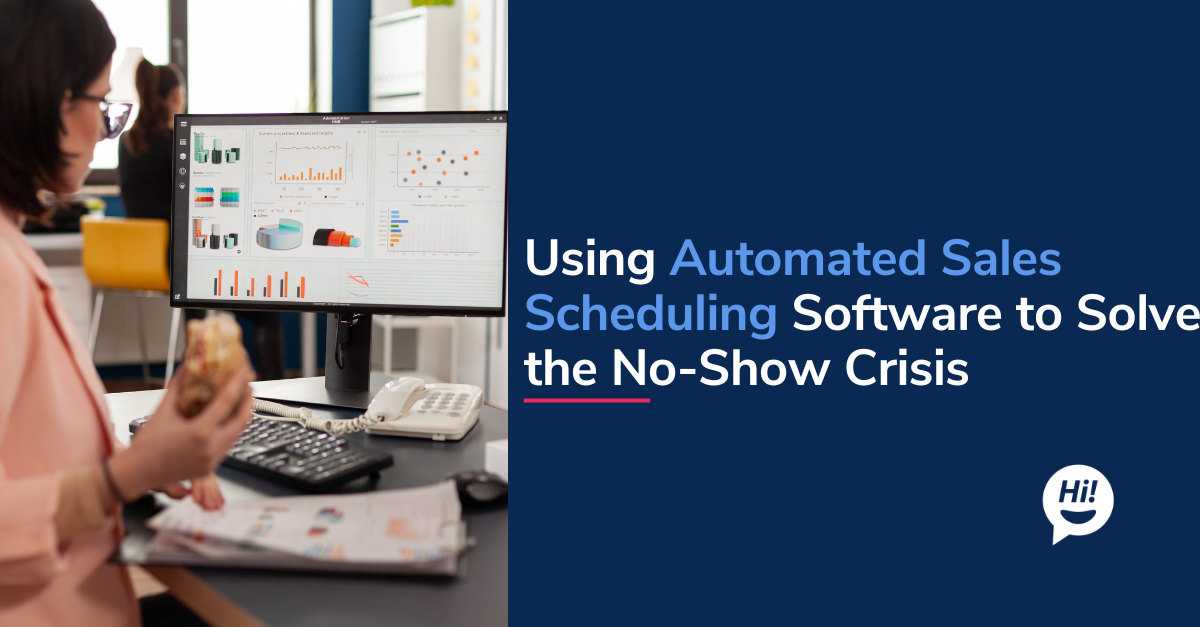Do you know that businesses with blogs get a 55 percent boost in organic search traffic? Blog articles effectively reach consumers and give them more information about your business's offerings. On top of that, a search engine-optimized (SEO) blog will bring in more visitors, increase customer engagement, and ultimately increase your business's sales and revenue.
So, how can you write an SEO-optimized blog? In this article, we unveil 11 tips for writing an SEO-friendly blog. Let's dive in!
1. Keyword Research
The keyword is all where it starts. People find your article through a keyword, and you can get good traffic with the right keywords. Since keywords are the basis of every content strategy, doing keyword research is crucial. So, how do you properly conduct keyword research? Various platforms, such as Google's Keyword Planner, Ahrefs's Keyword Generator, and Ubersuggest, help you find trending and relevant keywords.
Apart from this, Wikipedia, Google Suggestions, and Related Searches are other great resources for discovering popular search terms. Focusing on less competitive and longer-tail keywords is best to improve your search engine rankings.
2. Build a Content Framework
It's essential to build a content framework before writing any blog post. This will work as a map in your content journey so that you can fulfill the purpose of your blog post. Before penning down, ask yourself the following questions:
- Who am I writing this blog for?
- What is the main focus of the blog?
- What is the purpose of your article?
- What are the talking points?
- How to structure your blog?
Once you have the questions and topics you need to cover, you know what you are looking for, and you can head on to find the answers.
3. Know Your Target Audience
When writing a blog, it's essential to know the reader's pain points. To do so, you must understand your audience first. Put yourself in the audience's shoes to determine what they will look for in a blog. You can learn what your target audience is searching for by visiting sites such as Reddit and Quora, Google searches, and Amazon reviews.
4. Write a Catchy Headline
Statistically, two out of every ten people will read beyond the headline. Combat this by creating a captivating title that may entice people to click through and read the whole article. While there is no magic formula, using how-to guidelines and lists in headlines produces the best results. Also, use odd numbers in the headline to grab the reader's attention. We all love unusual things, don't we?
However, ensure the headline reflects your blog's content and features the keyword. Additionally, the title length should be 65-70 characters so that it does not get cut off when displayed in the search engine results.
5. Make Sure Your Content Is Skimmable
The bitter truth about blog content is that people don't actually read it in full. People scan blogs for the specific pieces of information they need. So, make sure the article is skimmable. A well-structured blog with subheadings is easy to skim and scan. There are multiple ways to structure your blog, but the following structure is the most common and practical :
- Introduction: Essential context and outline of the article
- Body: The main subject matter
- Conclusion: Summary of major ideas
Most of your readers will probably skim over the article's body and go straight for the conclusion to decide if it's worth reading the whole article. If an article is nicely structured, the reader will know that it contains information worth their attention. Apart from this, split up long blocks of material using subheadings. Using at most five or six sentences in a single paragraph and using bullet points to enhance readability is advisable.
6. Optimize the Length of Your Article
In this era of short attention spans, you might think that short blog posts will perform the best. But, on the contrary, longer content tends to do better in search engines. The more information on the page, the more clues the search engine has to figure out your blog. Generally, the sweet spot for blog length is between 1,500 and 2,500 words.
That might seem a lot, but we must remember that the readers read our articles. So, even though an article is long, it won't take much time for the readers to read. An article with 1600 words will barely take 5 minutes. But how much value do readers get with the 5 minutes of reading? That's the important part. Thus, while quality is more important than quantity, it's advisable to write at least more than 300 words to rank in search engines.
7. Hook Your Readers
Your articles' introductions are like first dates: it decides if the ship is sailing or not. The same goes for your article. A bold statement in the introduction will help readers keep on reading. Grabbing a reader's attention is essential yet tricky. The following methods may help you capture the attention of your readers:
- Ask an intriguing question.
- Put forward the relevant data.
- Tell a story
- Give examples
- Use metaphors
- Add images
Remember when you were about to fall asleep during a lecture, but one question from your professor would bring back your focus? Use the same strategy to keep the readers keep going throughout the article.
8. Don't Stuff Keywords Into Your Content
Too much sugar tastes bitter, and so does too much of a single keyword. Keywords play a vital role in SEO, but that does not mean you should stuff the keywords in your articles without relevance. You are writing the blog for the people, not search engines. Thus, the central focus of your blog should be providing value to your readers. Readers spend time on your blogs. Therefore you owe it to them to give them something worthwhile in return.
Although keywords are part of Google's algorithm, many other aspects of a website contribute to its overall rating. Google also takes bounce rate into account; if all you're doing is shoving keywords into your content, your site will likely have a high bounce rate and a low Google page rank.
9. Use Images With Alt Tags
We, humans, are visual creatures. Thus, images in your blog post make content more interesting and easy for the eyes. In addition to this, images also help with search engine optimization. Before uploading the image, make sure to rename the image. The image should be named to represent the picture and include the keyword. After uploading the image to the post, describe it in the alt text or alt tags. This improves your search engine rankings by informing the engine what the image is and its purpose.
10. Exploit the Power of the Links
It's crucial to link to internal pages and external websites to increase your blog's credibility and visibility. The sites you link to know that you are connecting to them and that you're helping them out by sending traffic their way. You can request backlinks as well. The greater the quantity and quality of backlinks, the greater the boost to search engine rankings.
Additionally, it's essential to create internal links between pieces of similar articles. This contributes to a lower "bounce rate" and more time spent on a site by visitors. Having at least three internal and external links in your blog post is advisable.
11. Sweet but Powerful Metadata
Google's search results page loads with several blog posts. Your heading and metadata are the only points of judgment for the potential reader to decide to visit your blog or not. Imagine metadata as a store's window display; if potential consumers see something they like, they'll want to come in. Thus, ensure they know what they're getting into by including your keyword and a brief description of the content's focus. Your blog's metadata should be concise and clear and convey its purpose so the readers know what they are getting.
Conclusion
Blog posts are an essential aspect of any marketing strategy. An SEO-friendly blog helps the business with more visibility, brand awareness, and conversions. The key to writing an SEO-friendly blog is to balance knowing what customers and search engines are looking for. Ensure that the readers are getting value from the content and that the search engines understand what your blog is about and how it adds value to the potential readers.
To learn more about Botsplash click the button below to schedule a demo with our team.






